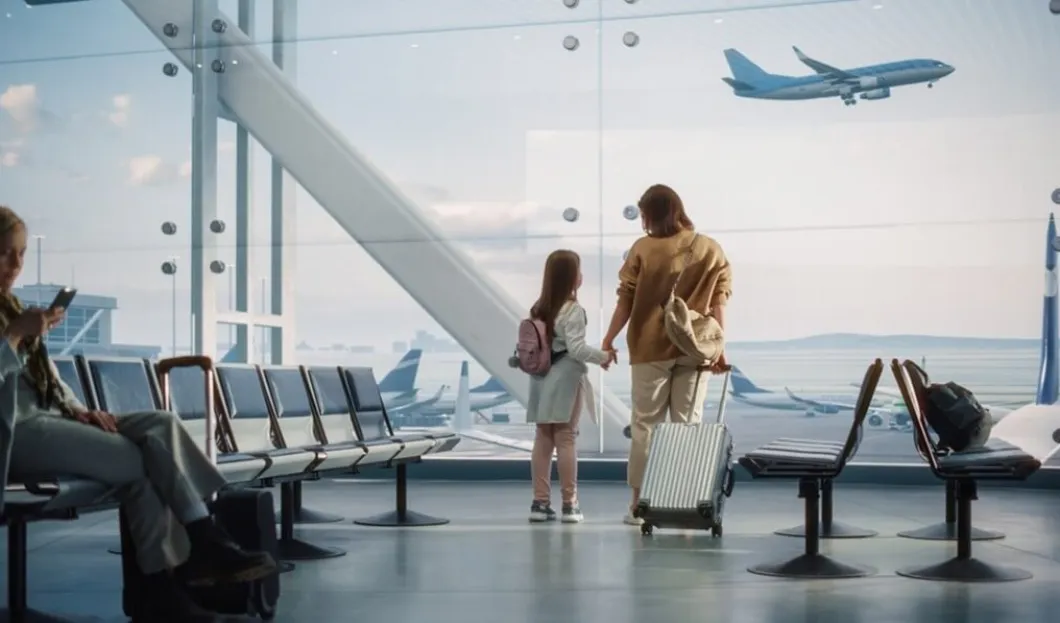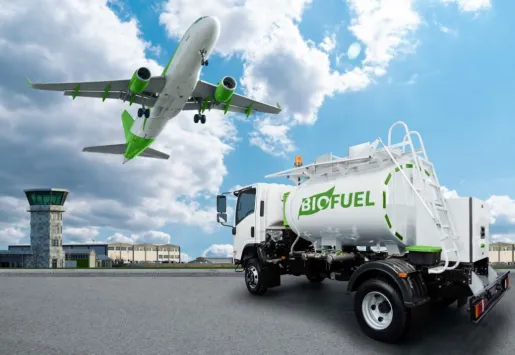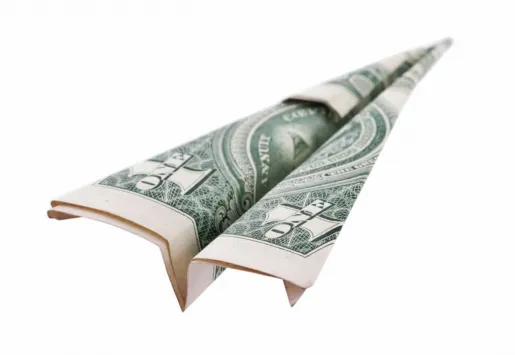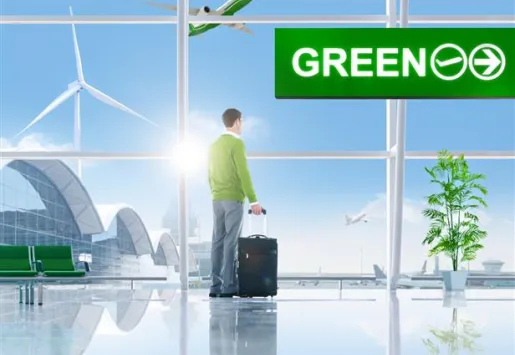
The airline industry is showing signs of recovery, and companies are eager to make profits. However, uncertainties include an economic slowdown, increased airfare, and delayed aircraft deliveries. AlixPartners provides a positive outlook but notes that low-cost carriers are gaining ground over traditional airlines.
Air traffic has been steadily recovering in recent months, with all regions, including Asia after China's recent reopening, expected to return to pre-Covid levels. Domestic traffic has already surpassed 2019 levels in 2023, thanks to an acceleration in Asia and China. Intercontinental traffic has also grown in early 2023 but remains around -15% of pre-Covid levels.
Routes between Asia and Europe or North America are the furthest from full recovery. They have projected seat levels in 2023 of approximately 78% and 63%, respectively, compared to 2019.
Airlines are facing multiple uncertainties, such as the impact of the global economic slowdown and increasing consumer prices. This could reduce travel demand due to households having less disposable income.
Additionally, ticket prices are still high. Moreover, the airline industry also deals with rising labor costs, interest rates, and delays in aircraft and parts deliveries that affect their operations. Lastly, new decarbonization regulations in Europe are expected to affect ticket prices.
In the next four years, low-cost carriers are projected to gain six percentage points of market share in intra-European traffic, while traditional European airlines will lose. Ryanair is expected to lead this growth by increasing its European share from 13% to 19%.
Other low-cost carriers show stable trends. However, traditional airlines benefit from the recent recovery in international traffic as they earn most of their profits from long-haul flights.
Nowadays, there is a growing trend towards environmentally sustainable travel. Approximately 50% of travelers are willing to pay a higher price for sustainable travel, while about 42% consider reducing their distance. Within this group of sustainability-focused travelers, around 20-25% are highly likely to change their travel habits.















